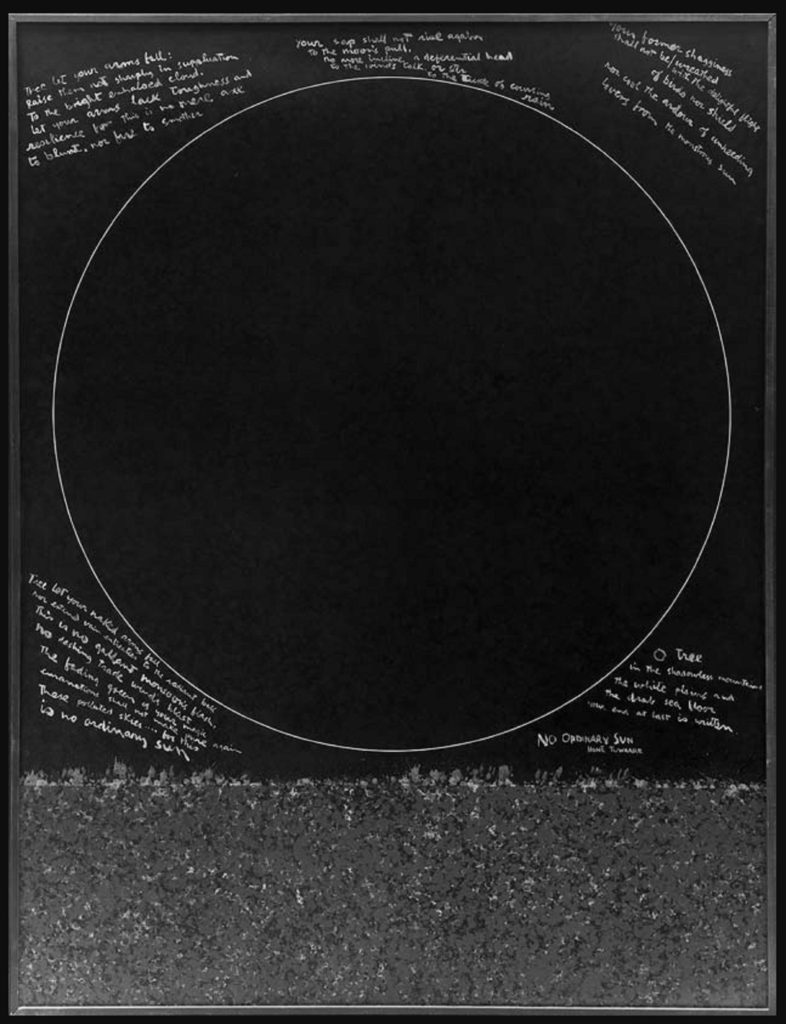Tomorrow will be the big reveal and you will finally understand where all of this week’s posts have been building towards. But for today, a hint of things to come; a staged pretext, as it were.
The book whose pages I have been flitting within this week has been the Kunstforum International tome devoted to documenta 14 (Bd. 248/249). While visiting its photographic record of the exhibition in Kassel, I have been focused on the Neue Galerie – which in many ways was the historical and conceptual heart of the German side (the other being in Athens, Greece) of documenta 14 in 2017.
While here, I recall my librarian describing his experience in the basement of the building and how he wished he had spent more time there amidst the 6-channel video and sound installation and watercolor scroll of Journey to Russia (1989-2017) by Yervant Gianikian and Angela Ricci Lucchi, as well as with the Books of Schemes (1969-1978) of Valery Pavlovich Lamakh and the Atlas of Russian History (1953) of George Maciunas.
I don’t want to reveal before tomorrow, so instead I will pave the way with a comparable anecdote. When I reached pages 358 and 359 of the Kunstforum book, joining three stills from Marina Gioti‘s The Secret School on the left, and a work from Sammy Baloji‘s Fragments of Interlaced Dialogues, upper right, was a photograph of Maori artist Ralph Hotere‘s Malady Panels (1971) – a work for which no photograph can ever do justice. The compilers of the Kunstforum book had miscaptioned Hotere’s work with that of the Russian artist and composer Mikhail Matyushin, his score for piano and voice Victory over the Sun (1913).
Now, just think of how many readers out there, almost five years after the documenta 14 exhibition closed, are misled by this misattribution of Hotere’s work? Of course, there isn’t much I can do as a library’s ghost haunting the living library of a blogger, but I couldn’t let it rest completely. So, here is a reproduction of another, related work by Hotere, No Ordinary Sun (1984).
The Auckland Art Gallery Toi o Tāmaki website describes as follows:
